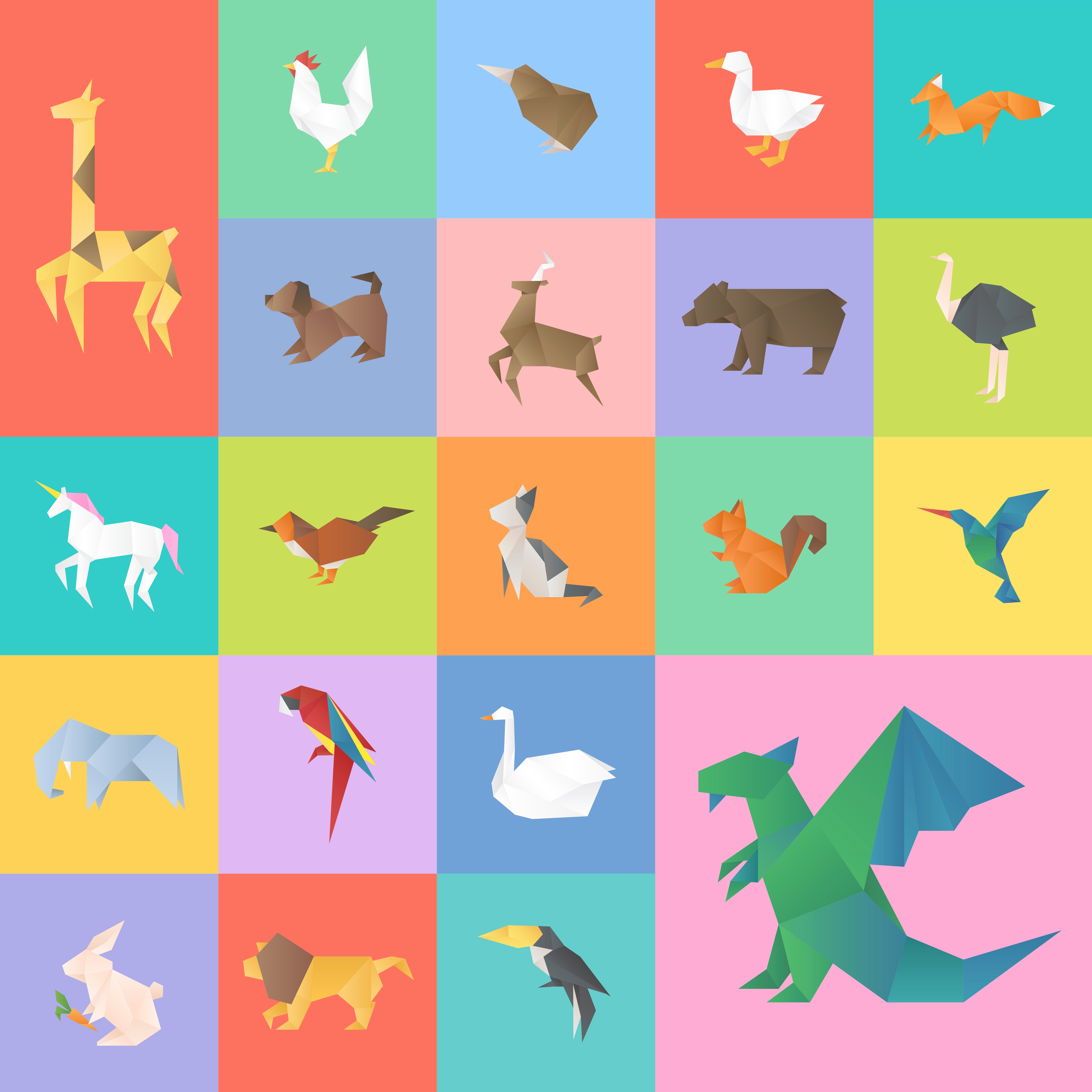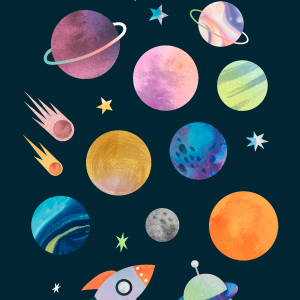Logout
Are you sure want to logout?
Yes
No

Full Name
Enter full name
Contact Number
Enter contact number
Enter valid contact number
Email Address
Enter email address
Enter valid email address

23 Oct 2021

23 Oct 2021
2 Dimensional Design is a concept associated with the visual theories, terminology, and materials used to introduce the series of concepts into practice. Drawing, Graphic Designing, Photography, Painting, Video editing, and many other methods depend on the attributes of the designer to communicate with the target audience. Its elements help the artist to convey the picture creatively and effectively while utilizing its professionality. This reflects the practical applications that help to express yourself uniquely and artistically.
2D Graphics has their roots associated with the 2-dimensional models, text, and digital images, and by techniques specific to them. These are mostly used in the graphic designs, and applications that were originally developed upon printing and drawing technologies, like typography, cartography, technical drawing, advertising, etc. The 2D design not only plays the role of representation of the real-world object but also shows an independent and expressive vision. These are mostly preferred because they deal with the direct control of the image. Its representation is more flexible and associated with inventive and aesthetic effects. This helps it to build up its main focus on expressiveness, which would help the graphics designing industry to build an exceptional image. Its innovative representation is also more flexible since it can be rendered at different resolutions to suit different output devices. For these reasons, documents and illustrations are often stored or transmitted as 2D graphic files. These designs ultimately reflect the discerning nature of the business which highlights the art of 2D design in graphics in a professional manner.
2D graphic models play a vital role in combining geometric models or Vector Graphics, Digital images or Raster Graphics, text to be typeset which are defined by content, font style, size color, presentation and orientation, and many more features. These components can be redesigned by two-dimensional geometric transformations such as translation, rotation, and scaling.
2D is organized with its elements in a preventative way. It especially emphasizes the vertical and horizontal character of a painting, providing it an attractive look that helps to bring the attention of a large audience towards itself.
A 2D surface always has its elements organized in terms of a flat surface, especially emphasizing the vertical and horizontal character of the picture plane: the two-dimensional structure of a painting. It aligns with the circle, square, line, colors texture, or a variety of other shapes as well.
2D may combine the colors in a fancier way, creating a targeted with color inversions by supporting the creative industry. The models used in 2D usually do not provide three-dimensional shapes or three-dimensional optical phenomena that include lighting, shadows, reflection, refraction, and many more.
These could align with multiple colored layer concepts like conceptually of ink, paper, or film, opaque, or transparent, that could be arranged specifically. The layered models are called 2 Dimensional, which makes it possible to make the traditional drafting and printing techniques based on film and paper, like cutting and pasting. It also conceptualizes any layer without affecting any other.
Layered models of 2D allow better anti-aliasing of complex drawings and offer a sound model for certain techniques. It also allows the user to suppress irrelevant information when viewing or printing a document.
The rendering and painting may also be done in a parallel way. Each layer, when rendered in its way, yields a digital image with the desired resolution.

2 Dimensional are considered mandatory for printers, plotters, sheet cutting machines, etc. These were even used in most early video games. They play an important role with the use of card and board games, like Solitaire, Chess, and many more.
They mark their importance in 2D Graphic editors or drawing programs, which are good application-level software for the creation of images, diagrams, and illustrations. This can be done directly through the mouse, tablet, or similar device of 2D primitives. These usually provide geometric primitives, along with the digital images, and some of these even support procedural models.
The importance of 2D is usually represented internally as a layered model, often with a hierarchical structure to make editing efficient and convenient, which would enable the layers and primitives to preserve in their original form. There are also many 2D graphics editors specialized in drawings such as electrical, electronic, computer fonts, and many more forms.
There are a variety of 2D applications, that are available for free, for game developers. Here comes the different 2D applications, including bitmap, vector, and pixel art 2D paint applications. Let us look at the applications of 2D graphics in a concise and precise manner.
Autodesk Sketchbook
Previously a commercial application, Autodesk has made it free. It is considered a natural media painting application available for Windows and Mac.
Krita
Krita is an open-source paint application that got linked with animation and vector graphics support. It is a cross-platform, available for Linux, Windows, and Mac, which has improved massively in the last couple of years.
Paint.NET
Paint.NET is a free image manipulation program available for Windows only. It is a turbo-powered version of MSPaint with plugin support and over a decade of development.
MS Paint
MS Paint is as characterized as a paint application, that has its status attached with the windows.
GIMP
GNU Image Manipulation Program shows its use in image manipulation and drawing application, along with open-source, available for Windows, Mac, and Linux. It is probably referred to as the open-source alternative to Photoshop.
Fire Alpaca
Fire Alpaca is a free painting application for Windows and macOS. I did a hands-on video with FireAlpaca available here.
Photopea
It is present in the browser. The designers who are familiar with Photoshop, are also comfortable with the Photopea. It is ad-supported with a subscription option that helps in removing the ad.
Draw.io
It is a browser-based vector application, which is oriented toward flow charts and designs.
Gravit Designer
Gravit Designer is free and available for Windows, Mac, and Linux as well as Chrome.
Inkscape
Inkscape is the seminal open-source vector package. It is associated with the 1.0 release around the corner. It is available for Linux, Mac, and Windows platforms.
Aseprite
Arguably the most popular pixel art application available. It costs $15 but you can download an older binary version or build it yourself from the source.
GraphicsGale
It is used to be commercial software, but in 2017 it went freeware. It is Windows-only software.
Grafx2
An open-source painting application based on the classic Amiga Deluxe Paint. The website is currently broken so I’ve linked to the source instead.
Piskel
Piskel is a Pixel editor that runs in the browser or can be downloaded for Windows, Mac, and Linux.
PyxelEdit
PyxelEdit is a pixel-based image editor designed to create tiled sprites. It is available for Windows and Mac, with the newest version being commercial while an older release is available free.
Losec Pixel Editor
Losec Pixel Editor is a free pixel art editor that runs in the browser.

Submit Design
Height and Width should be the same (e.g. 1000 x 1000)
Supported file formats : .JPG / .JEPG / .PNG